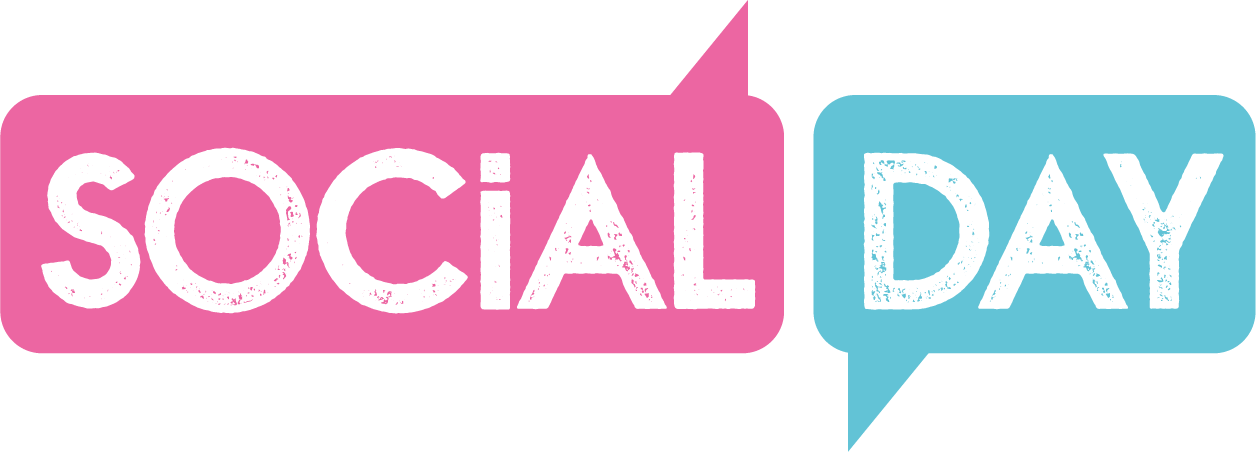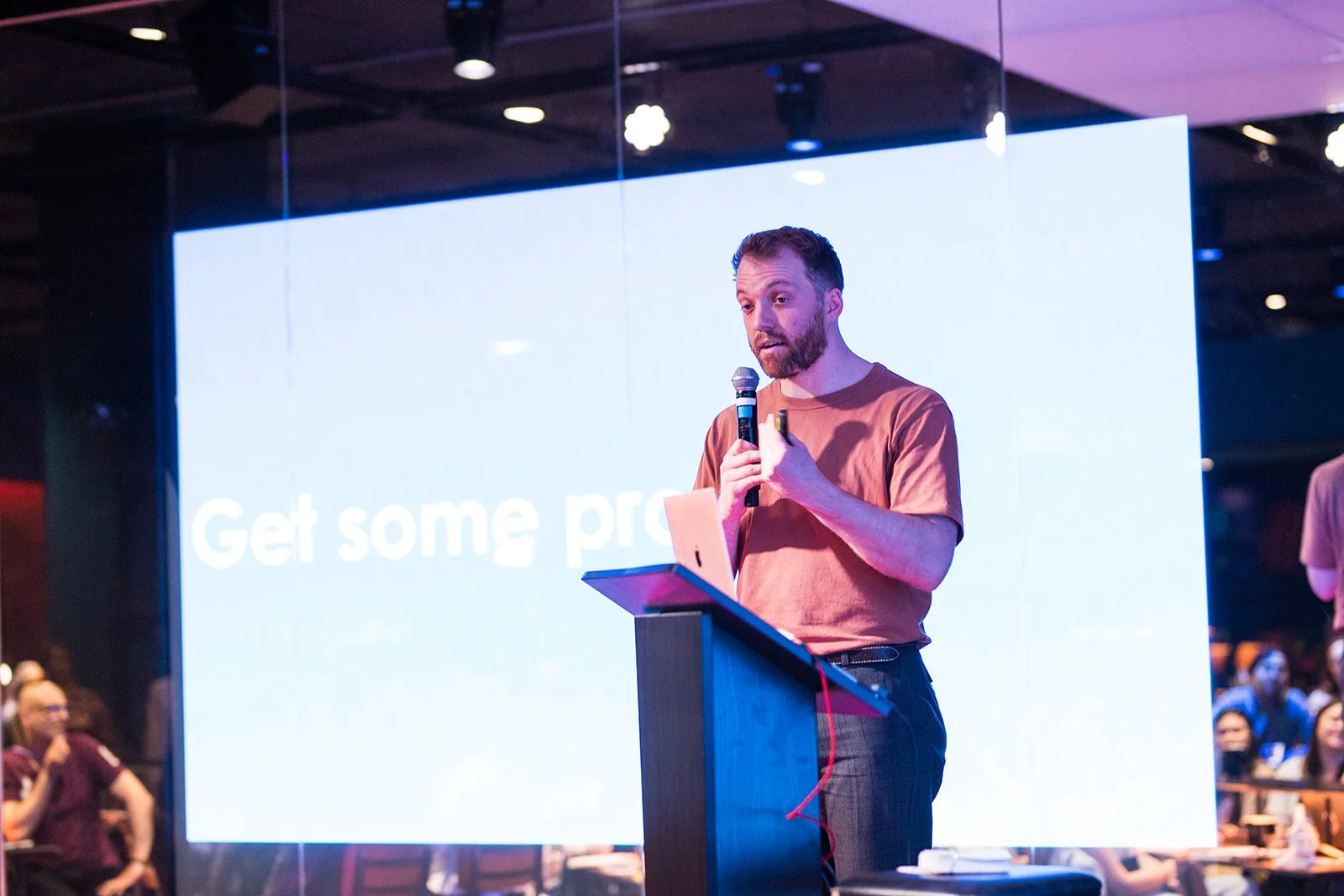How Surreal is Using LinkedIn to Redefine Brand Marketing
John Thornton and his team at Surreal are doing something unexpected: they're turning LinkedIn, a platform usually reserved for professional networking, into a space for playful and engaging content. Surreal, a startup in the cereal industry, has found a way to make their marketing stand out by focusing on personality and humour.
From Innocent Drinks to Surreal Success
John's background in social media marketing began at Innocent Drinks, where the goal was to build a brand people loved. “Our strategy was to make people love the brand first and then, maybe, sell some smoothies,” John shared. This approach set the stage for his work at Surreal, where he’s using the same principles to connect with audiences.
At Surreal, the focus isn’t just on selling cereal—it’s about creating a brand identity that people can relate to and enjoy. “We don’t just sell cereal; we sell a personality, an attitude,” John says. This focus on personality is what helps Surreal stand out on social media.
Making LinkedIn Fun
LinkedIn isn’t typically seen as a platform for fun, but John saw this as an opportunity. “LinkedIn isn’t as saturated with humour as other platforms, which makes it the perfect place to stand out,” John explains. Surreal's posts, which mix humour with their brand message, have resonated with audiences, leading to significant engagement.
One memorable campaign was the “Dolce and Banana” post, where the team at Surreal announced a fictional flavour in a tongue-in-cheek fashion. “We’re not allowed to call it Nutella, so we called it something equally ridiculous—Dolce and Banana. It wasn’t about landing product features like high protein or low sugar. It was about making people laugh, and it worked,” John recalls. This post, like many others, showed how Surreal uses creativity to draw attention and connect with their audience.
The Power of Low Expectations
John's approach often involves subverting expectations. For example, when Surreal launched in Sainsbury's, they released a post that read like a serious company statement, only to reveal that the “deleted tweet” was about their cereal being available in stores. “We played on the idea that companies only make serious announcements when something’s gone wrong, so we used that expectation to grab attention,” John explains.
Another creative tactic involved designing intentionally bad marketing materials using Comic Sans, which naturally drew comments and engagement. “Comic Sans is like the ultimate way to grab attention because it’s so universally disliked in design. It’s cheap, it’s obvious, and it gets people talking,” John laughs.
Learning from Mistakes
John doesn’t shy away from sharing when things don’t work as planned. In one campaign, the team tried a bold move by featuring two colleagues posing in their underwear to promote a banana-flavoured cereal. “I was convinced it would go viral, but it completely flopped,” he admits. But instead of scrapping the idea, they reworked it with a new twist, adding a warning about ‘graphic nudity’ to grab attention, and the second attempt performed much better.
“The lesson is, if something doesn’t work, tweak it, try again, and don’t be afraid to reframe the message,” John advises.
Maximising Engagement
John’s approach to social media is simple but effective. Each post has a clear purpose: grab attention, deliver a message, and spark a reaction. “You need to get people to engage, and sometimes that means being a bit cheeky,” he says. Whether it’s using Comic Sans to make a point or reworking content that didn’t perform well the first time, John and his team are constantly tweaking their approach to find what works.
Repurposing and Recycling Content
A key part of Surreal’s strategy is repurposing successful content. If something works well, they aren’t afraid to use it again. “If you have a good idea, milk it for everything it’s worth,” John advises. For instance, a successful campaign might be reframed or reposted months later, ensuring it reaches a new audience or gets a fresh wave of engagement.
The Role of Humour and Relatability
Humour and relatability are at the heart of Surreal’s success on LinkedIn. “People respond to things that feel genuine and funny,” John notes. This doesn’t mean every post is a joke, but it does mean that the brand’s voice is consistent—down-to-earth, a bit cheeky, and always engaging.
Surreal’s marketing strategy also involves leveraging what John calls “soft outrage”—content that provokes a reaction without touching on genuinely controversial or harmful topics. “It’s about getting people to react, but in a way that’s lighthearted and doesn’t cross any serious lines,” John explains.
Final Thoughts
John Thornton and the team at Surreal have shown that even a platform like LinkedIn can be used in creative and engaging ways. By focusing on personality, humour, and a clear message, they’ve turned a professional network into a key part of their marketing strategy. “LinkedIn’s a goldmine because people don’t expect brands to be fun there. That’s exactly why we do it,” John concludes.
Stay ahead in social media marketing: Sign up for our newsletter here, and secure your earlybird tickets to SocialDay Social Media Festival 2025 (20-22nd May, London) at socialday.co.uk.











